Salkantay Trek Day 3: Into the Jungle
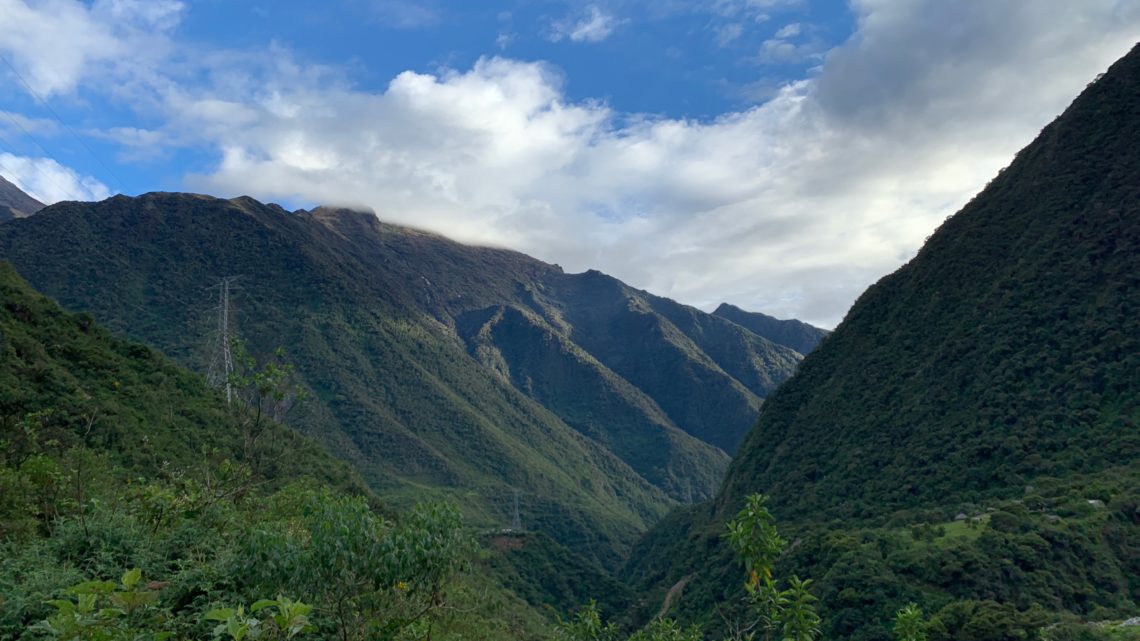
It was day three of my four-day trek to Machu Picchu. Days one and two brought me to some breathtaking mountain scenery and also to my highest elevation ever. The hike up to this point was no joke. Even walking up a modest slope at high altitude took every bit of energy in me. However, as we progressed through day two, the terrain drastically changed from alpine to jungle, and the altitude became much more manageable.
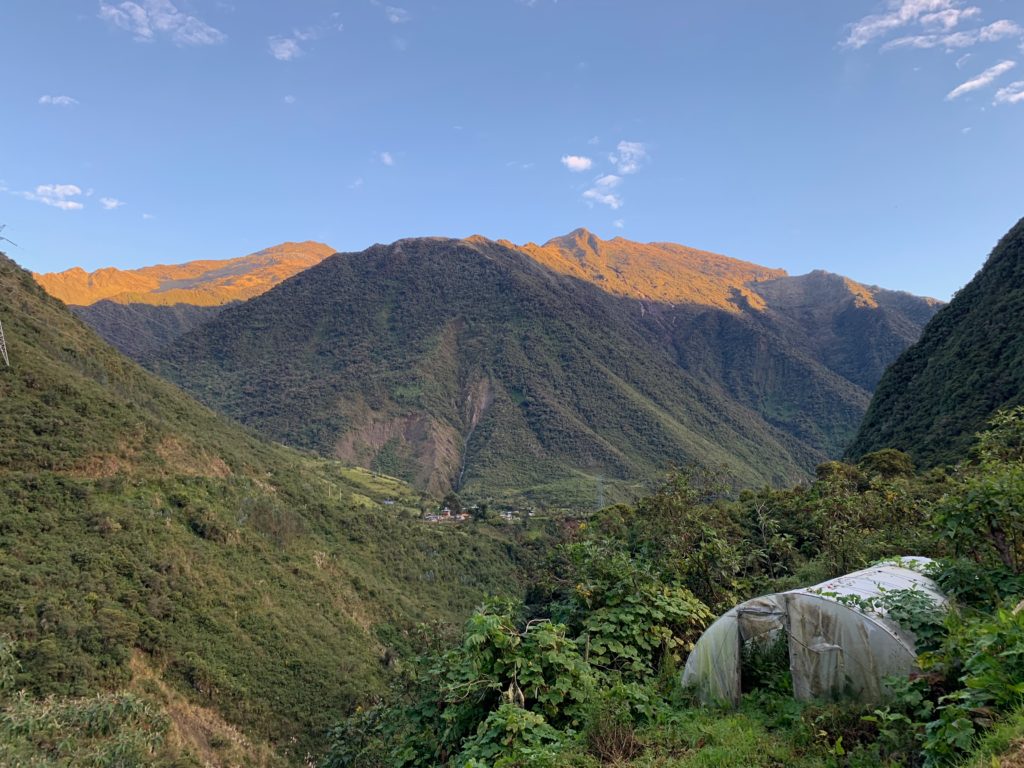
On our third day, we woke up at 6:00 a.m. to another hearty breakfast. Although we were lower in elevation, it was still chilly outside at daybreak. We quickly gathered our belongings and prepared for the moderate trek ahead of us. Elvis explained that the rest of the trek had a mix of up and downhill portions, but was much less challenging than the first two days. Although the group was fairing well, Ilana opted to take a bus ride for the first portion of the trek due to a knee issue. The remaining five of us (including Elvis) set off into the jungle.
The Cloud Forest
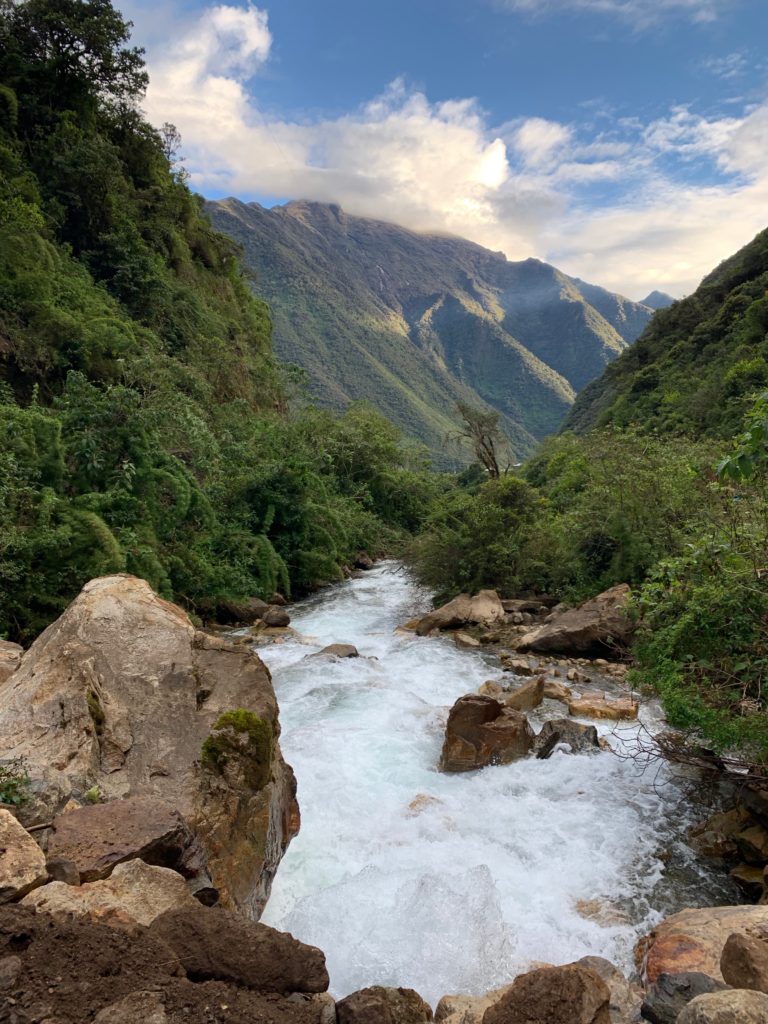
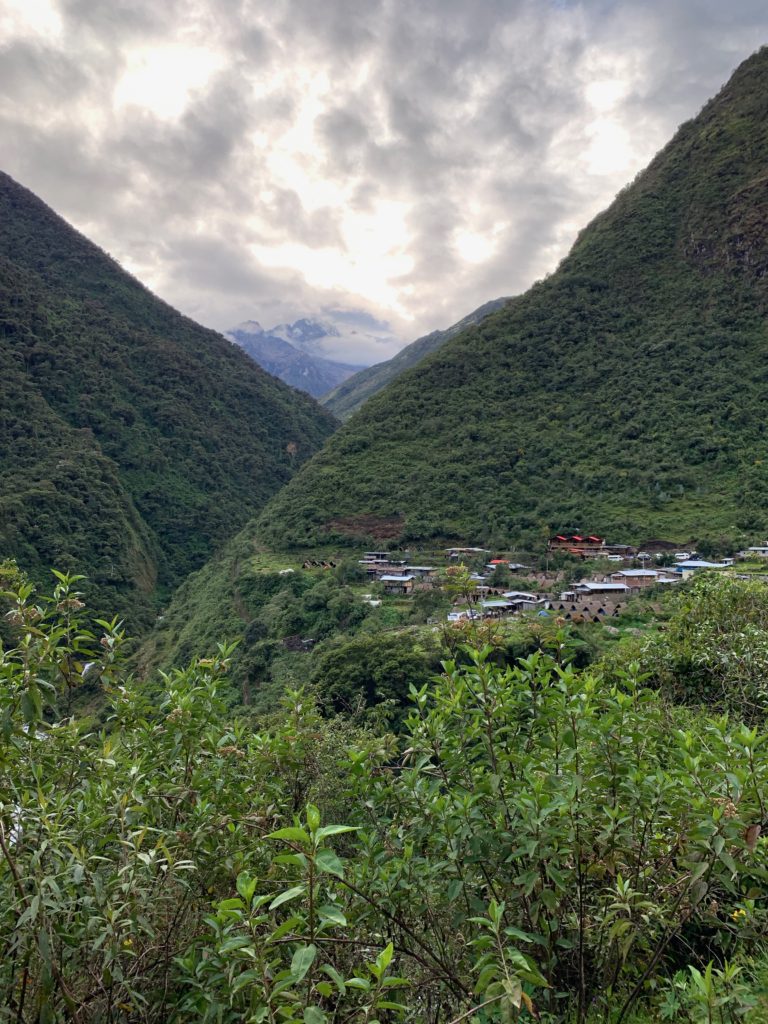
We entered an area known as “The Cloud Forest.” The surrounding scenery consisted of beautiful jungle mountains that formed a valley around a serene river. As we followed the trail north, I could see across to our campsite at Chaullay. In the distance, I could see the snow-capped Salkantay Mountain piercing through the clouds. It’s amazing to think that just one day before, we were in an icy climate at its peak. The weather in the jungle was hot and humid, and all I needed was a t-shirt, shorts, sunhat, and plenty of sunscreen and bug spray.
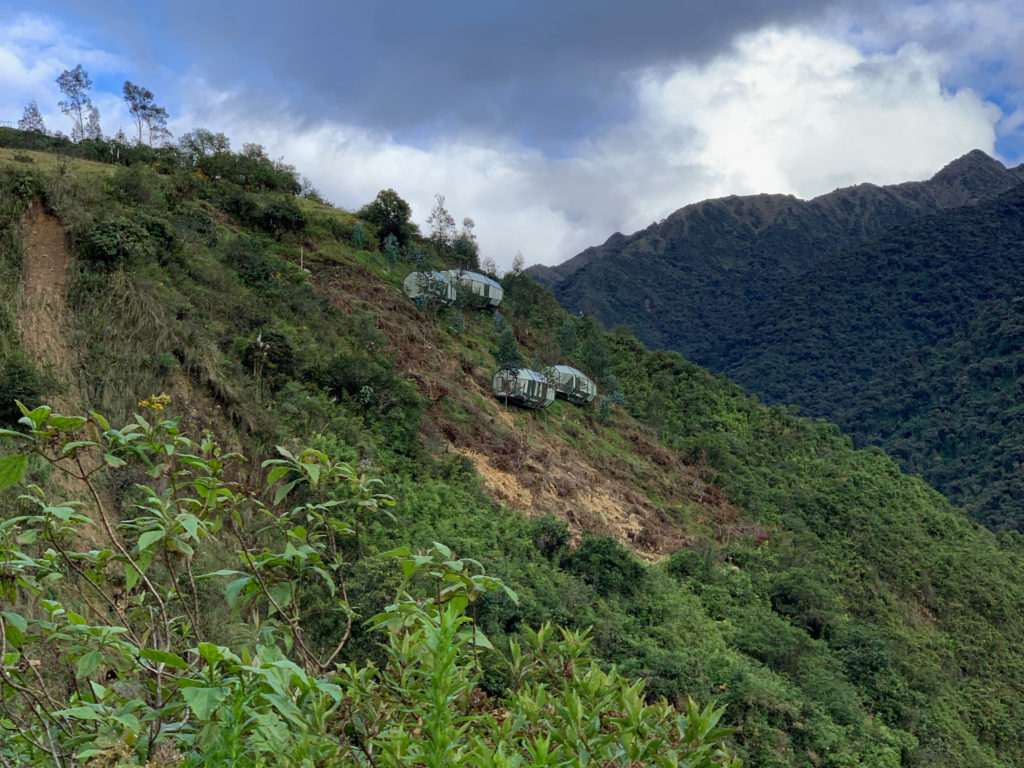
In the valley, I noticed some glass pods hanging on the mountainside. Elvis pointed them out, explaining that this was a new campsite for Salkantay Trekking that would be ready next year. Much like the Sky Camp, this campsite appeared to be in harmony with nature, designed with a simple glass structure. I could only imagine that the views from these pods over the valley would be breathtaking, and I was disappointed that we could not camp on the mountainside during our trek. However, for anyone considering the Salkantay Trek with this company, they will now have these amazing glass pods to enjoy.
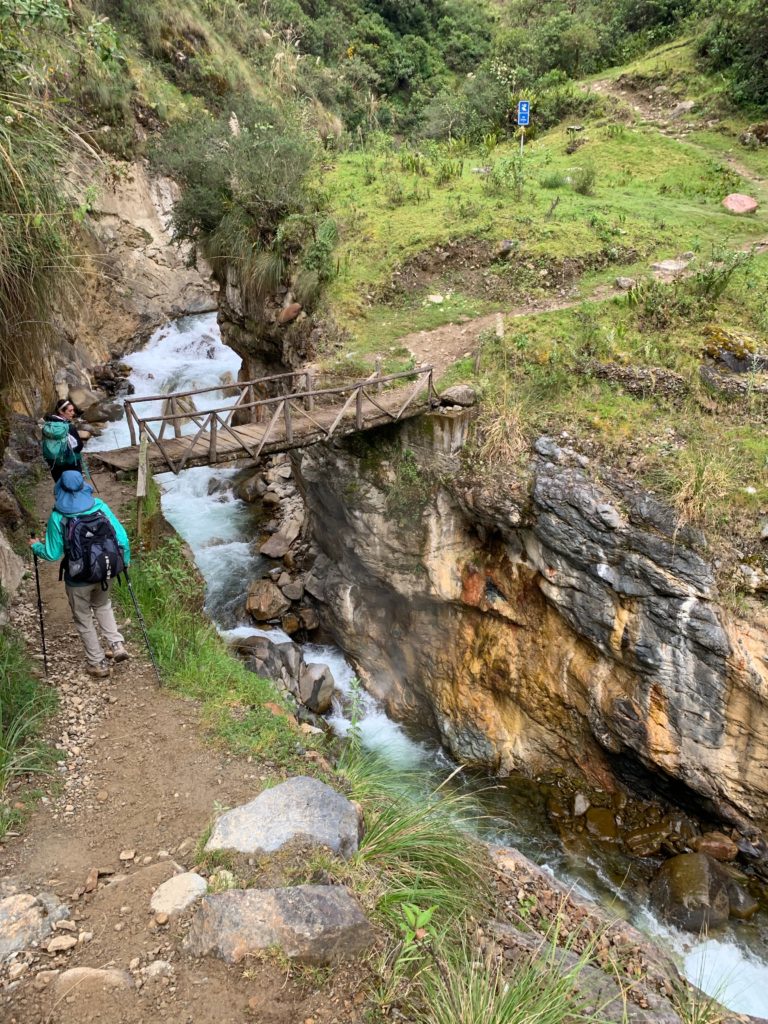
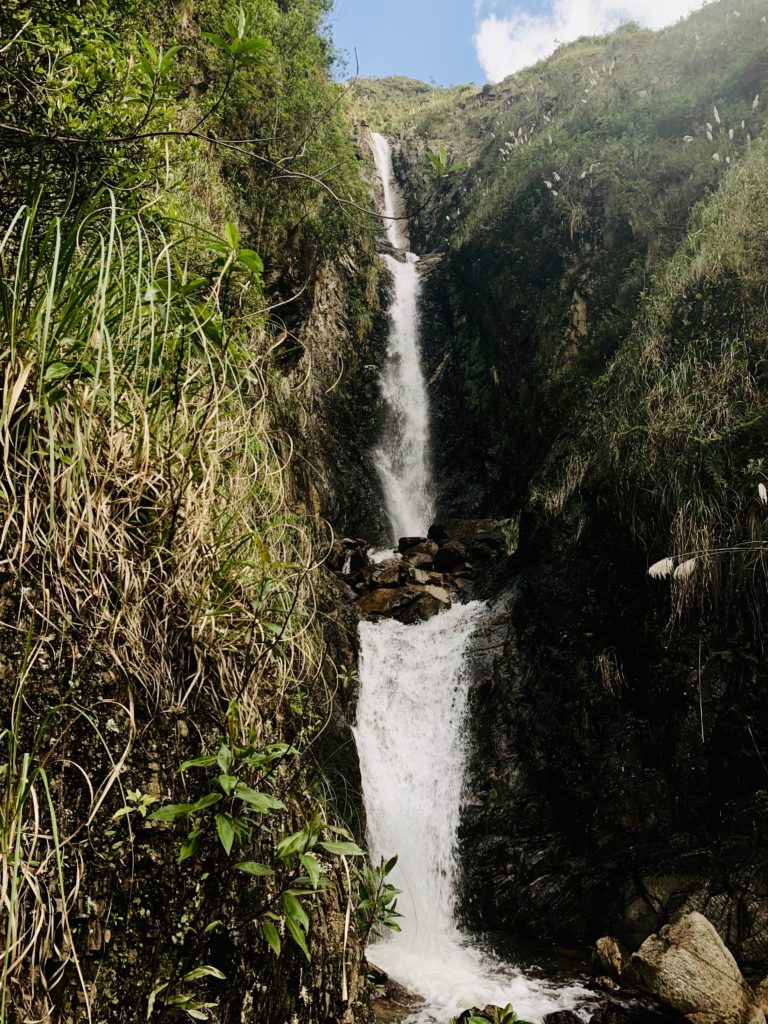
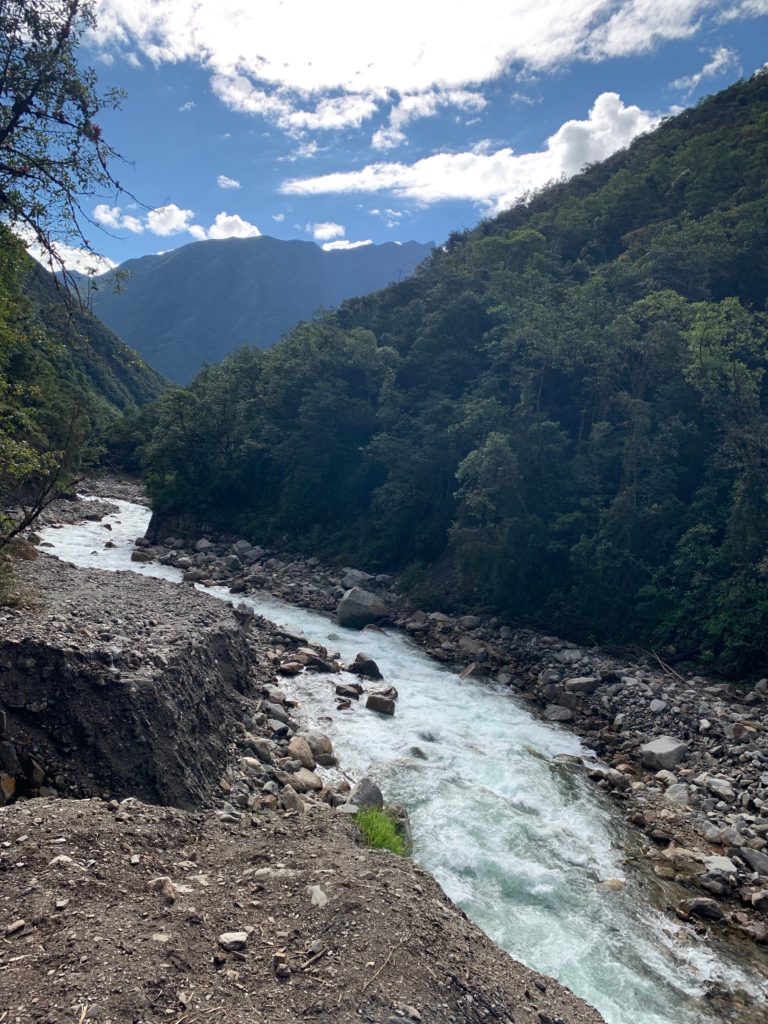
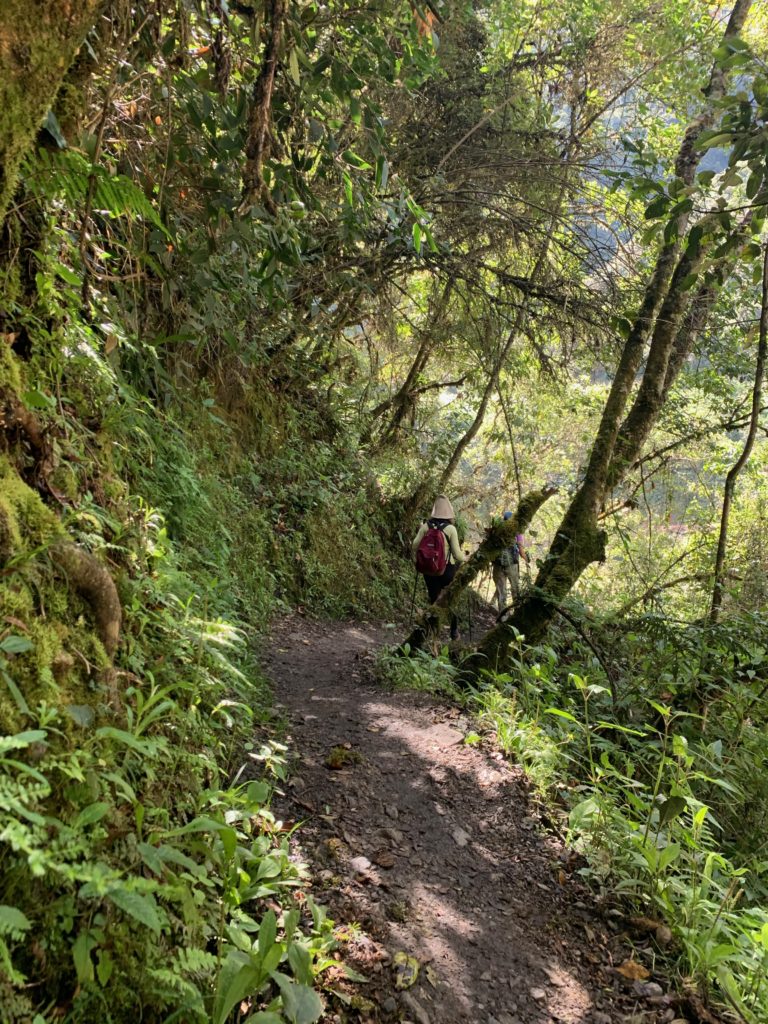
Throughout this portion of the hike, we passed by several spectacular waterfalls, lush vegetation, and rock formations. I still couldn’t get over the bright blue color of the water. Since the source of this river is high in the mountains, the water is formed by melting glaciers. As a result, much like Humantay Lake, the water has a pristine aqua color to it, which looked beautiful against the surrounding jungle landscape.
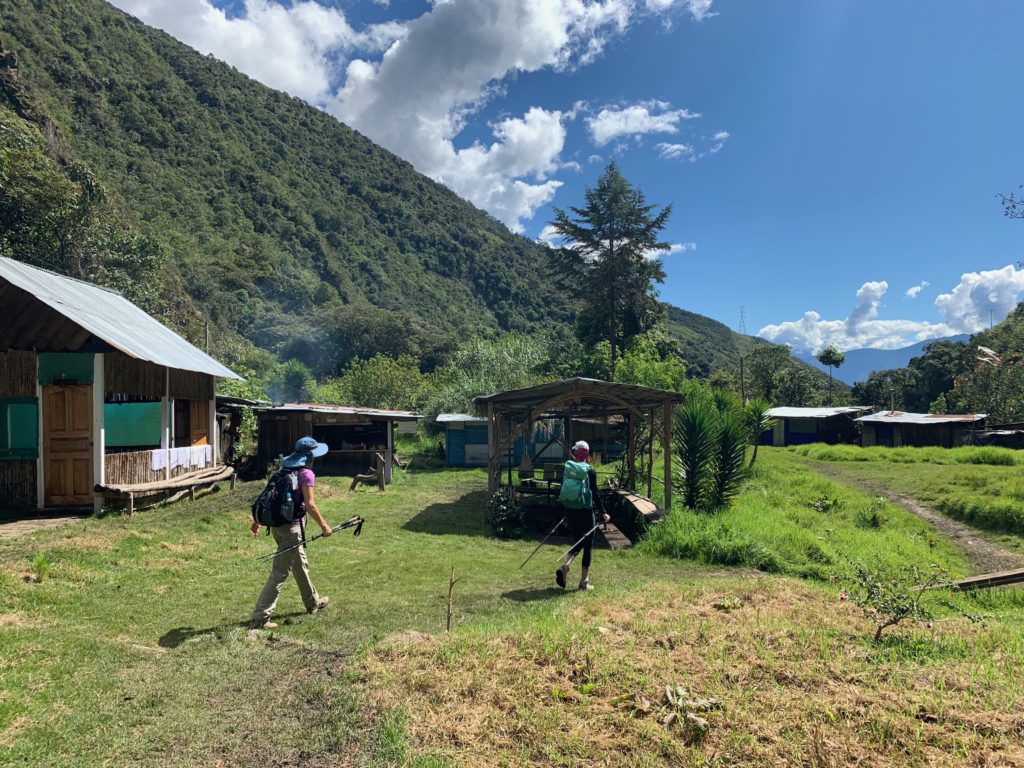
We arrived at a small village for a quick rest. While there, Elvis had us sample a sweet fruit known as “granadilla.” The texture of it is much like passion fruit, but it is yellow in color. The fruit had a sweet, tangy taste to it. From here, it was about another two hours until we would reach our lunch campsite at La Playa. We continued along the trail, which was rugged, but much more moderate in difficulty compared to the previous hike.
La Playa
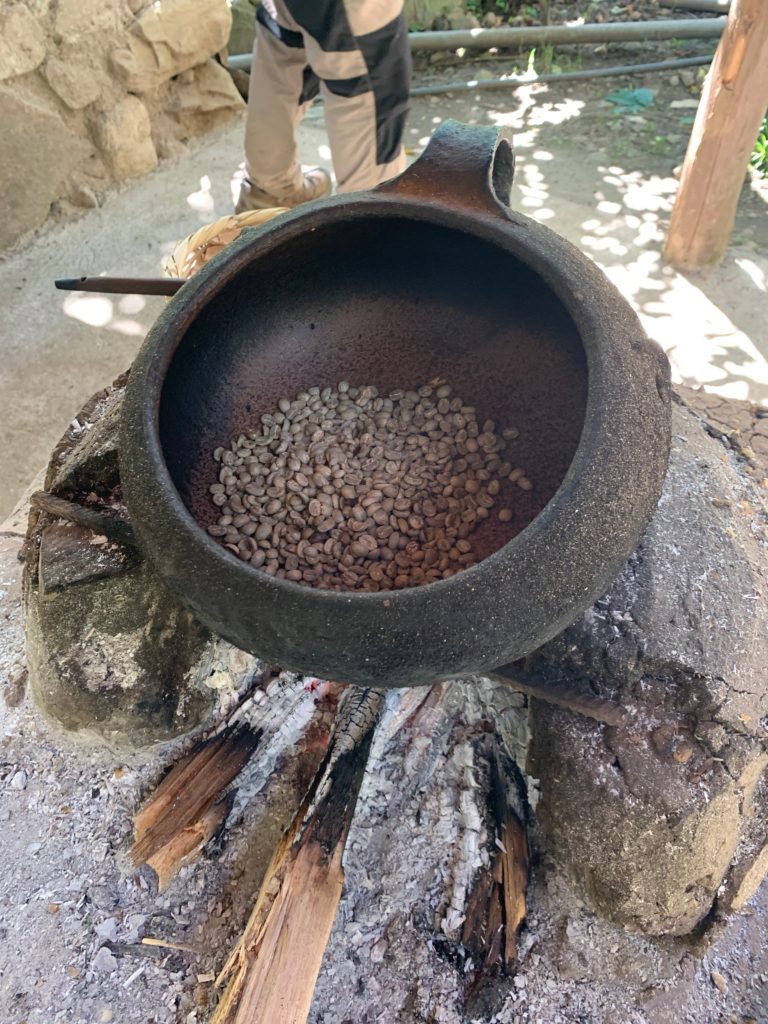
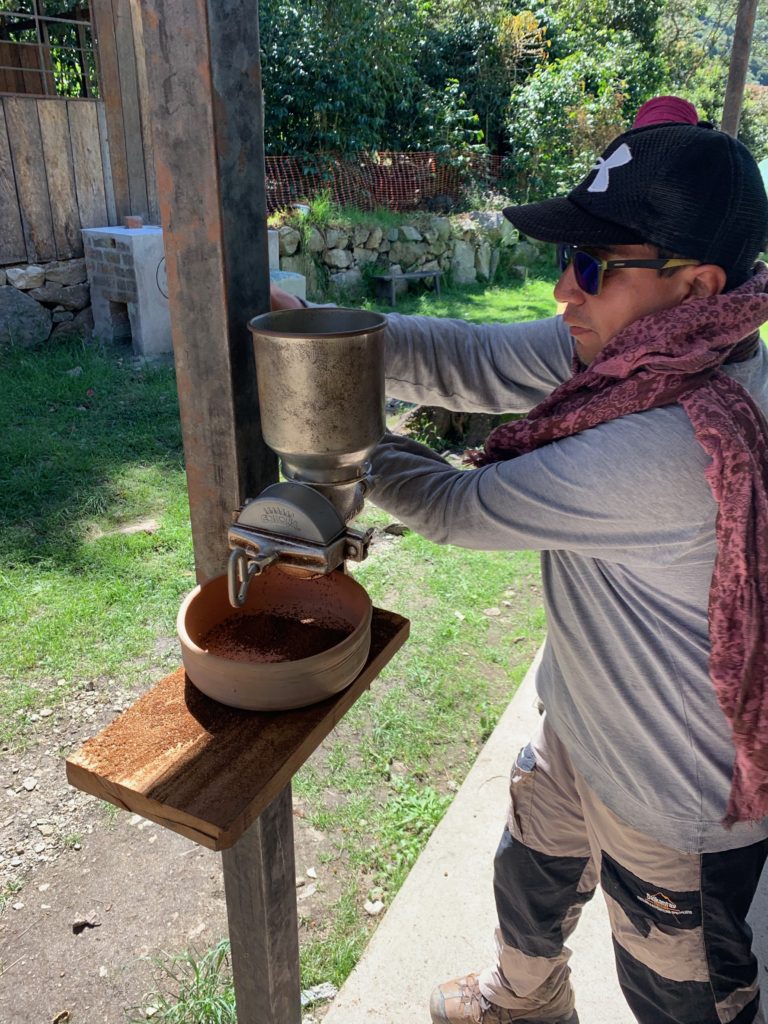
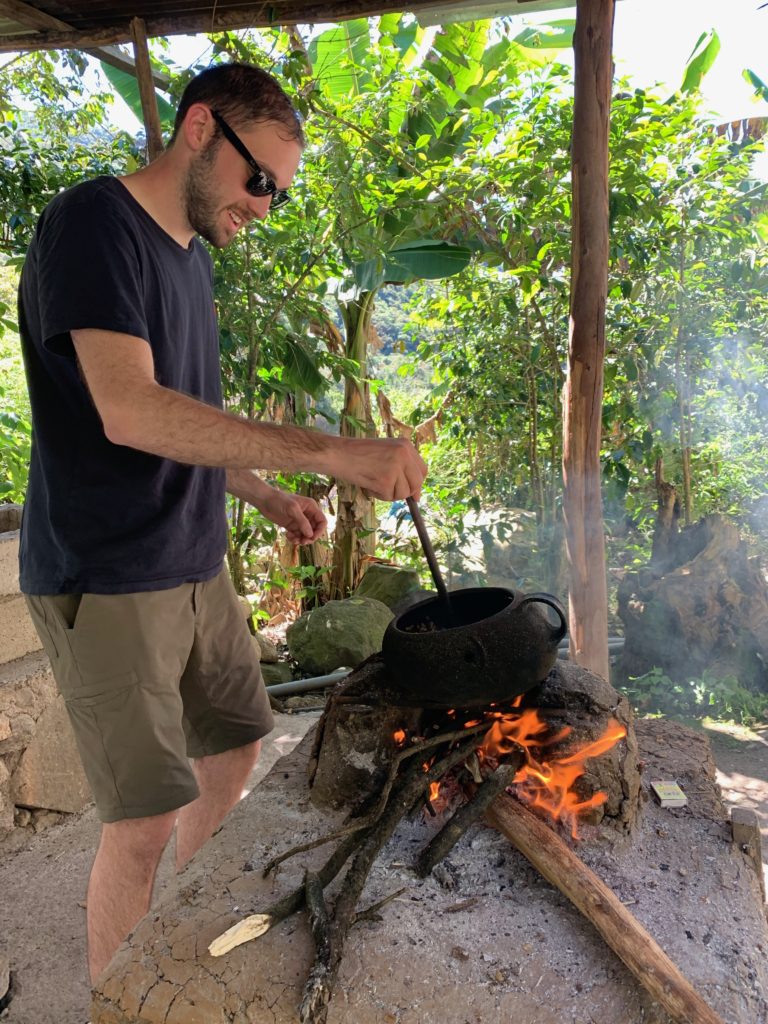
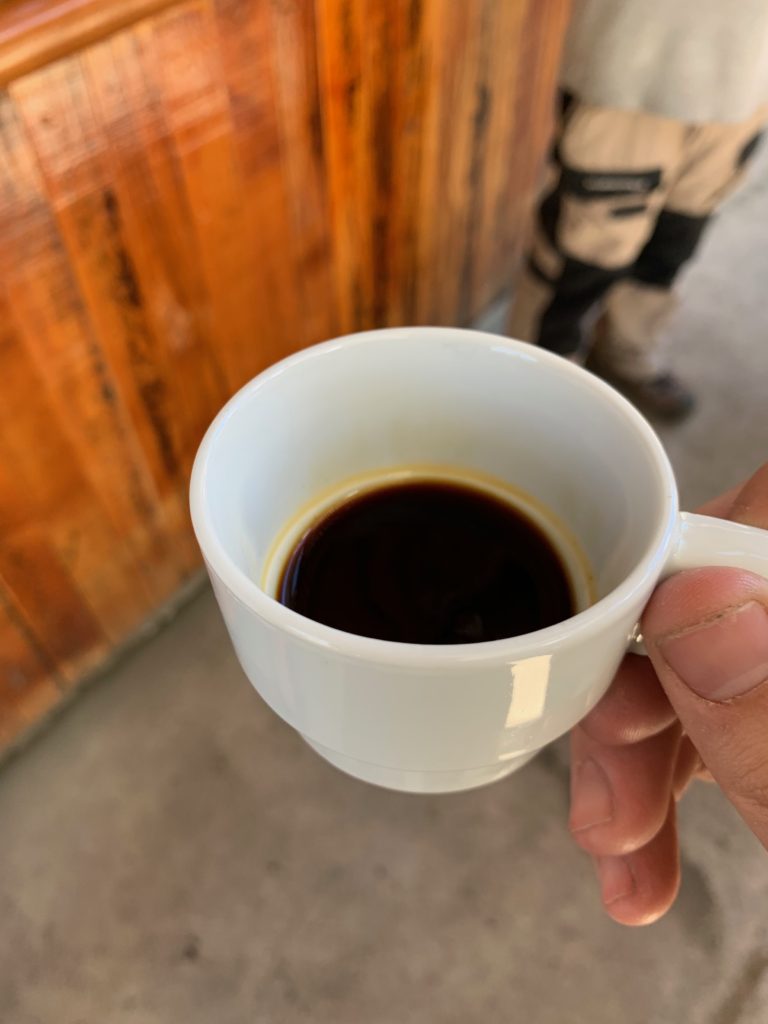
At La Playa, we sat down for our last meal with our chefs, who would not be joining us for the final night of our trip. We also said goodbye to our porters, who worked so hard to guide their horses with our belongings between campsites. We thanked each of them and gave them a tip for their incredible service. In addition to lunch, Elvis gave us a coffee roasting demonstration. The Peruvians make coffee by picking the ripe fruit from the trees and harvesting their pits (the beans.) The coffee beans are then thrown into a cauldron where they are roasted to perfection, and we each got to take a turn to help with this process. After the roasting, the beans are thrown into a grinder to make the powdered coffee mix, which is then added to hot water to be brewed into the final product!
From here, if we were on the five-day trek, we would continue into the jungle and spend one additional night at a campsite, before having an option for zip lining and/or hot springs the next day. However, since we were only on the four-day trek, we were picked up by a bus for a ride to our final stretch of the hike at Hidroelectrica. Since the road ahead was windy, I made sure to take my motion sickness pills before getting on board.
Hidroelectrica
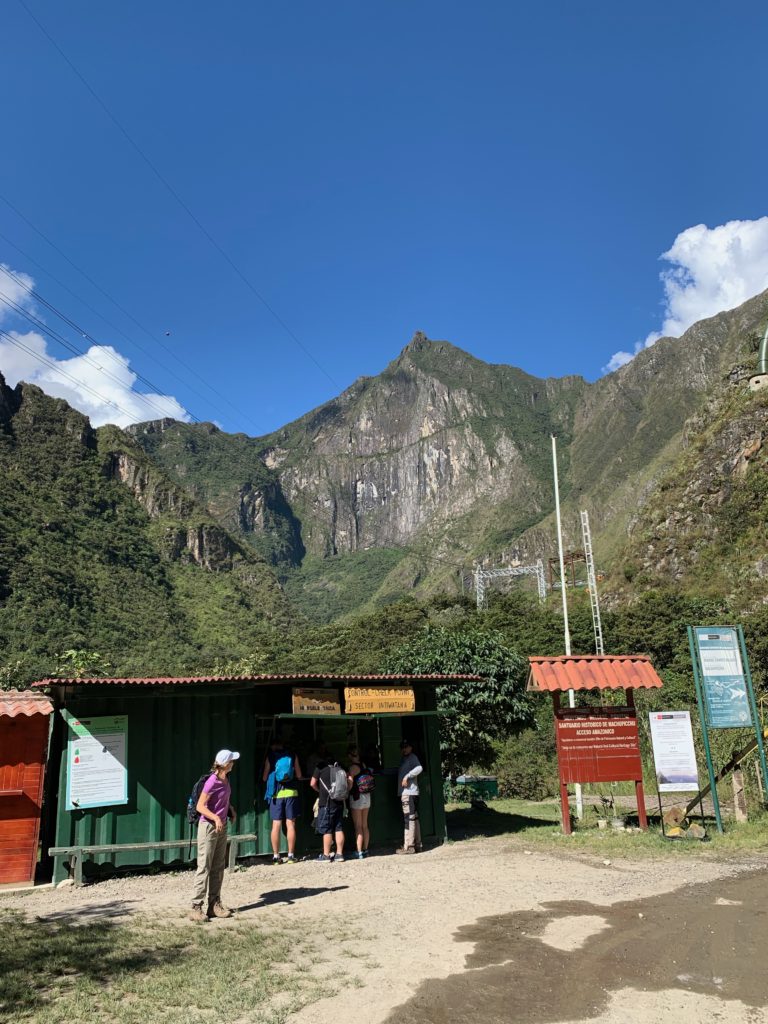
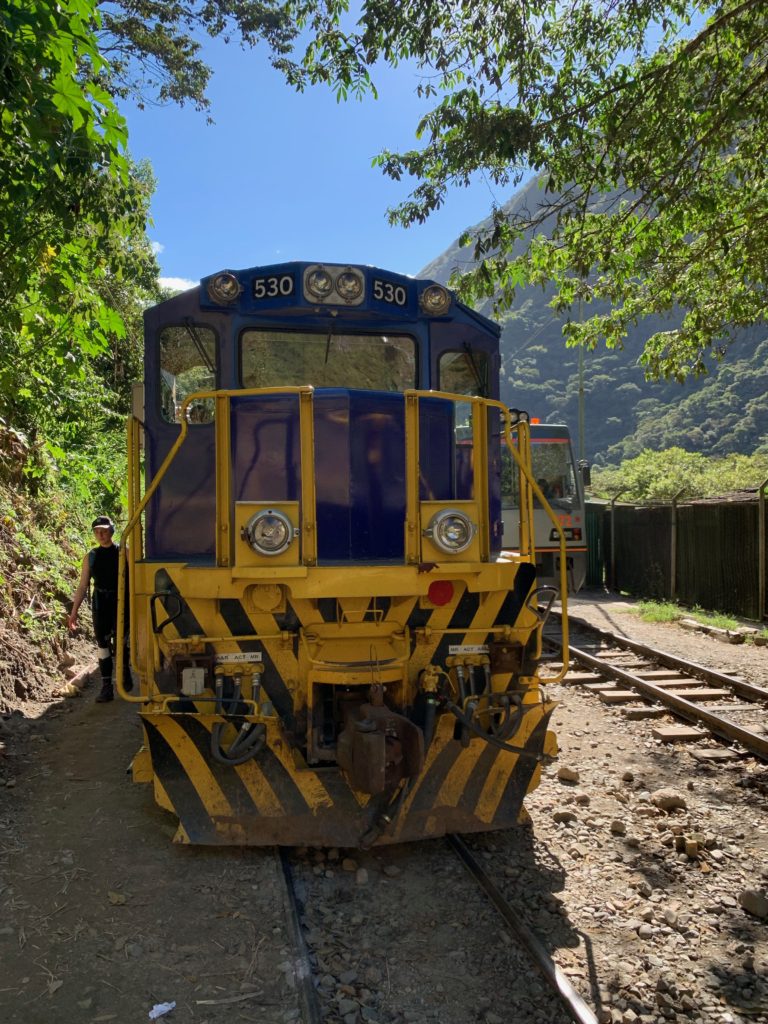
An hour later, we arrived at Hidroeletrica: the final stop on PeruRail. As this was the entrance to the Machu Picchu Historic Sanctuary, we needed to pay a small admission fee before proceeding. We continued past the train station, where a bright blue train was waiting to bring passengers to Aguas Calientes. For an expensive price of 31 USD, we had the option of taking this train to bypass our final stretch of hiking. However, as the whole group wasn’t too tired, we all opted to walk the final portion of the trek, which followed the train tracks.
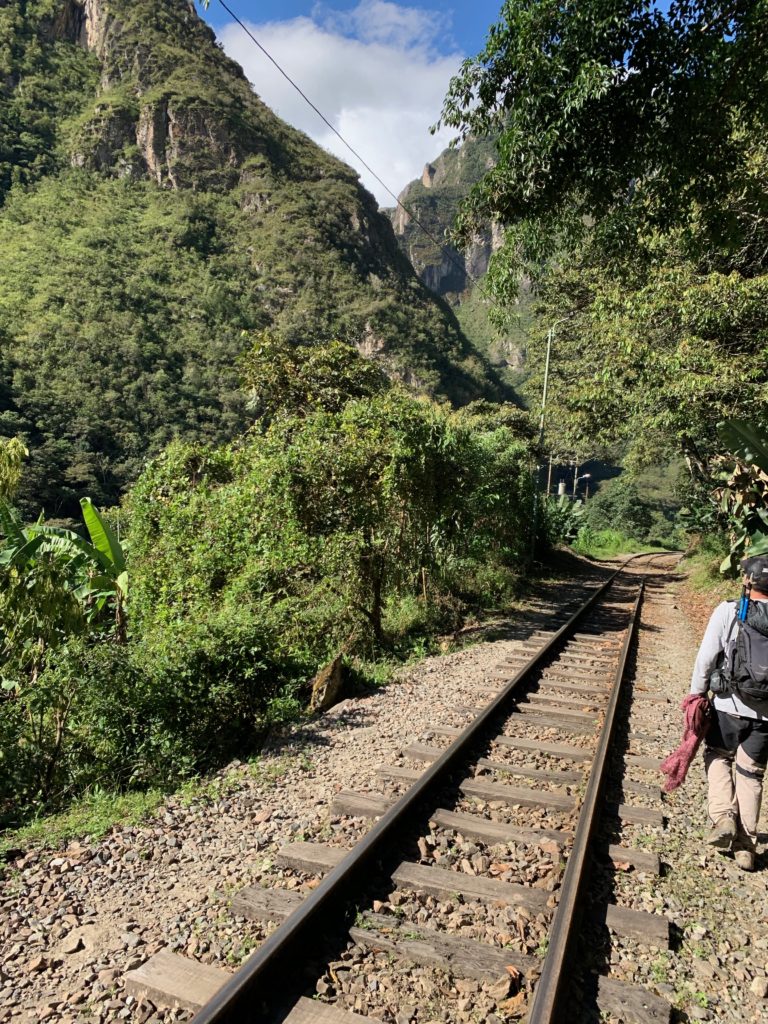
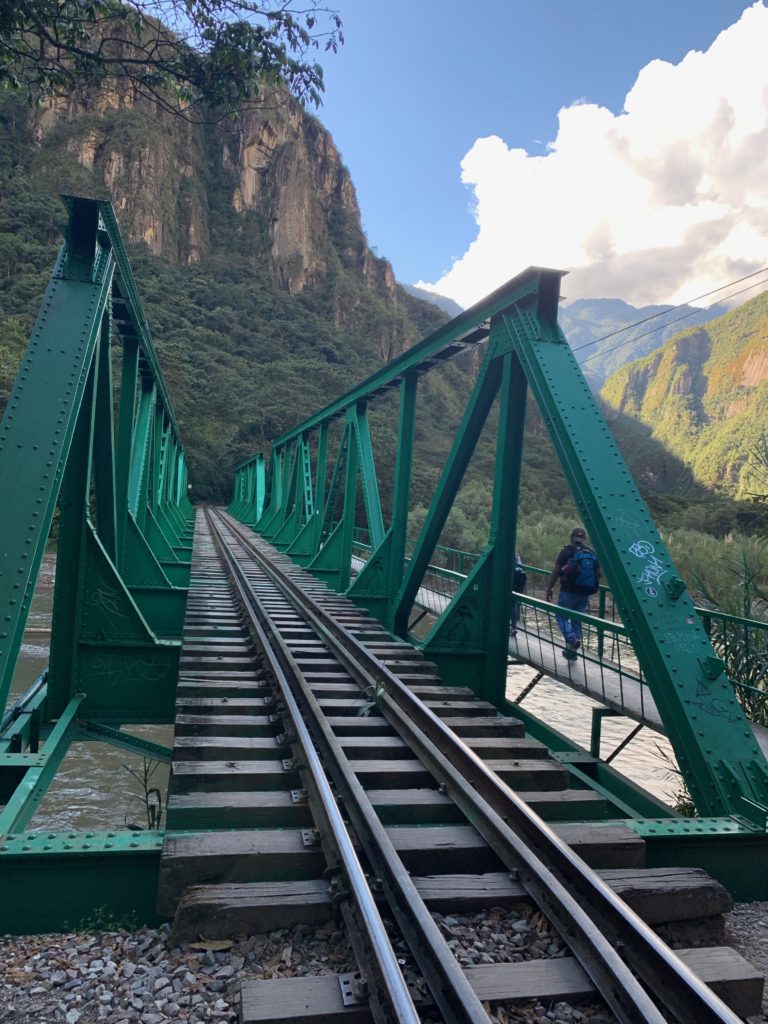
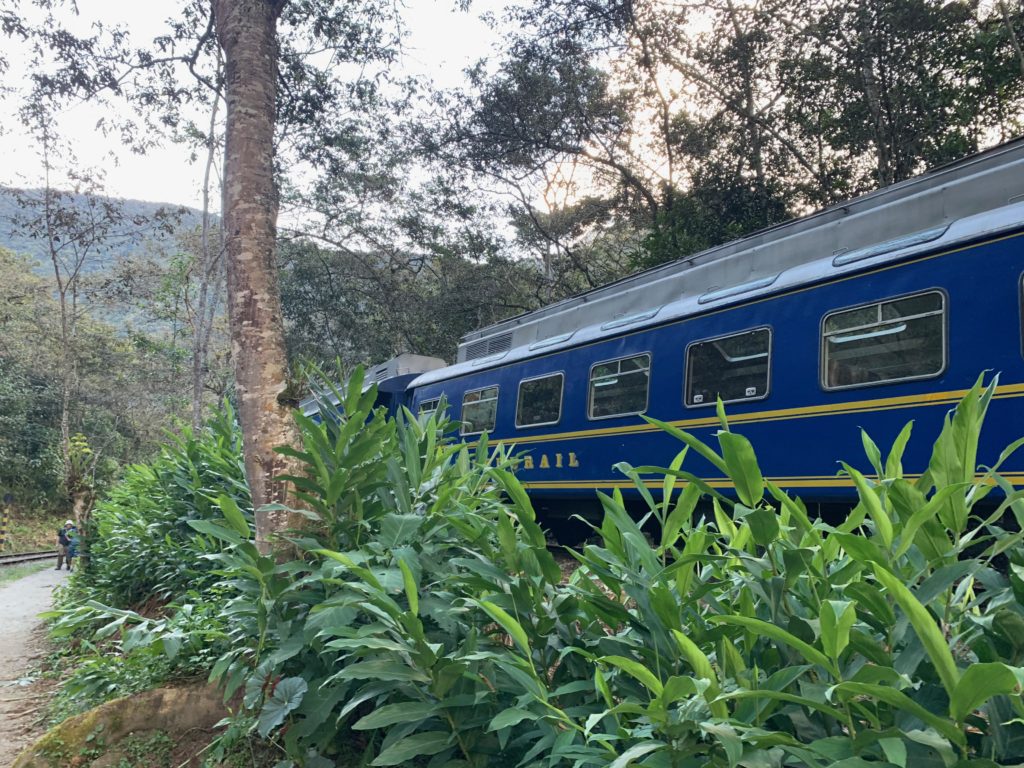
We had finally hit the home stretch of our whole journey, with only three hours to go before we would reach Aguas Calientes. The remainder of the trek was completely flat and at a lower altitude of only 6,690 feet. Our group followed the train tracks, passing through another beautiful river valley. Periodically, the tracks would cross the water over metal bridges. This portion of the trek was by far the least difficult. Occasionally, we would have to pull over to let PeruRail pass by.
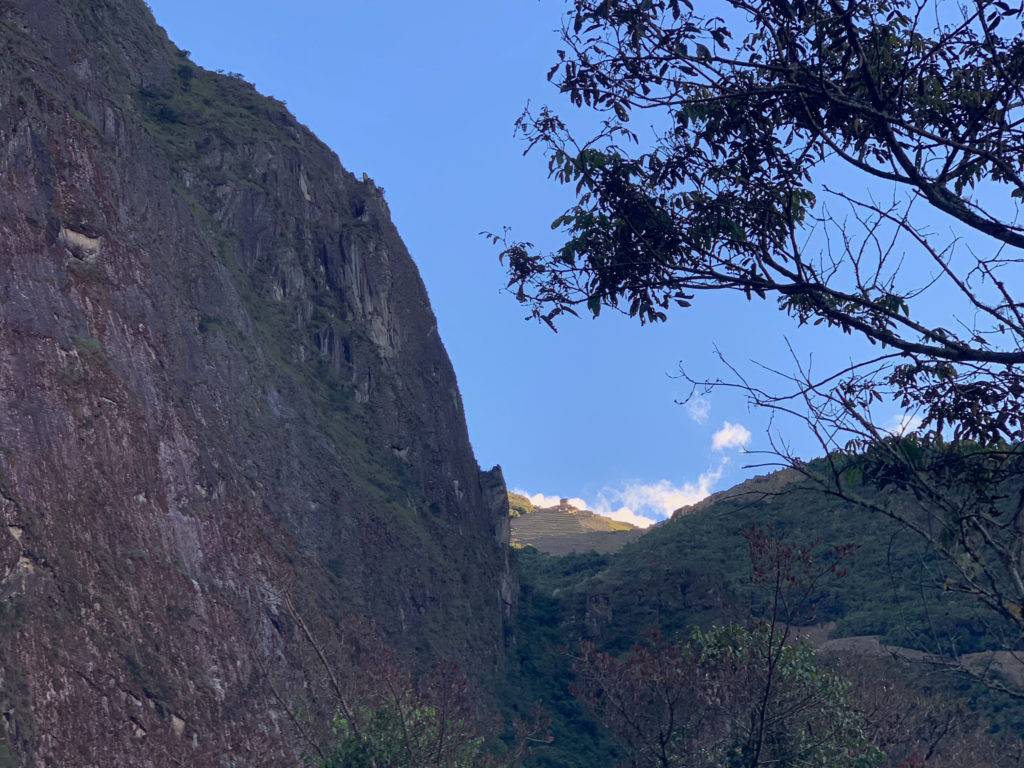
About two hours into our hike along the rails, Elvis pointed out some terraces at the top of one of the mountains. The ruins were part of the ancient citadel we would be visiting the following day: Machu Picchu! It is hard for me to believe that the Incas could build such an amazing city high in the mountains. From down below, it looked like just another ruin, but I knew I was going to be amazed when I would finally see it up close.
Aguas Calientes
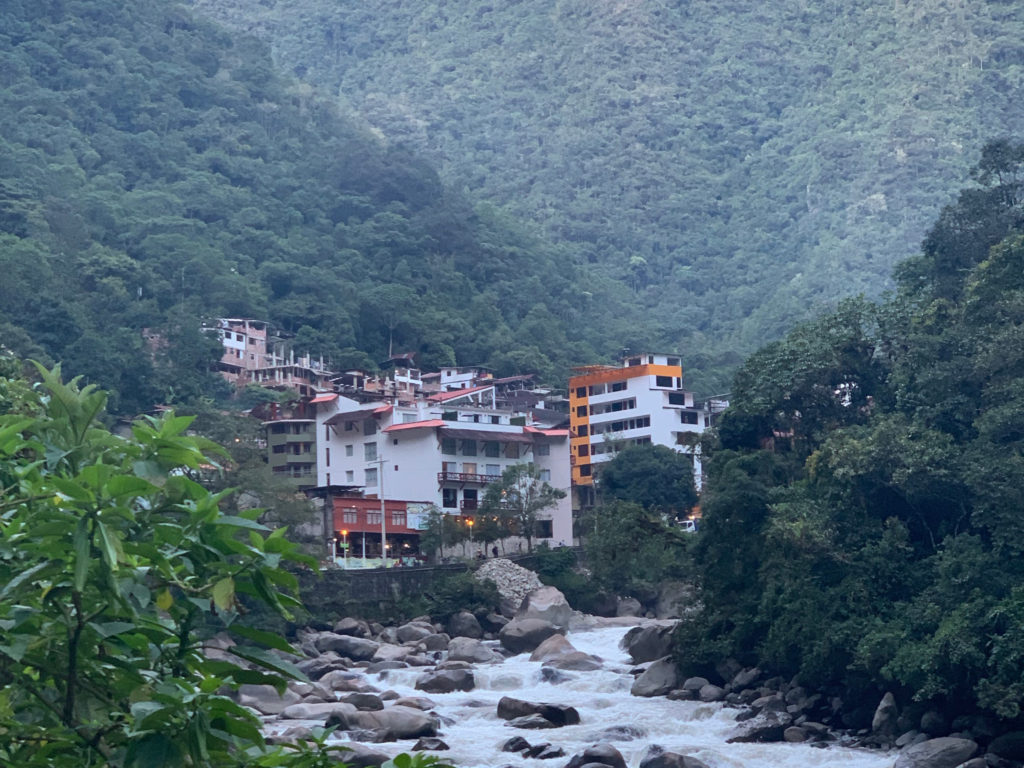
After one final hour of hiking, we veered off the train tracks and onto a dirt road. I could see a collection of shack-like buildings come into view against the mountain backdrop. We had arrived in Aguas Calientes: the town below Machu Picchu. Our accommodation for the night was in a small hotel in the town center. It was a relief to finally have a proper bed and a free hot shower, even though camping was still an amazing experience.
We took some time to relax and unwind before heading out to dinner as a group. The trekking package included one final meal at a restaurant in town. We enjoyed our last dinner together before Elvis handed out our Machu Picchu entrance tickets, train tickets, and souvenir t-shirts. As we had an early start the next morning, we all headed back to our hotel after dinner for a good night’s rest. I couldn’t believe how excited I was to finally be visiting Machu Picchu in person the next day.

Like!! Really appreciate you sharing this blog post.Really thank you! Keep writing.
A big thank you for your article.
Good one! Interesting article over here. It’s pretty worth enough for me.
I love looking through a post that can make people think. Also, many thanks for permitting me to comment!